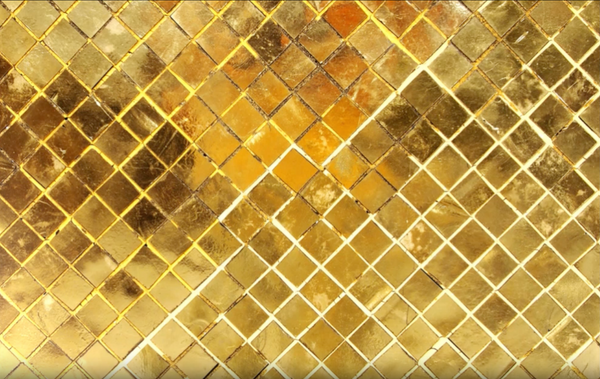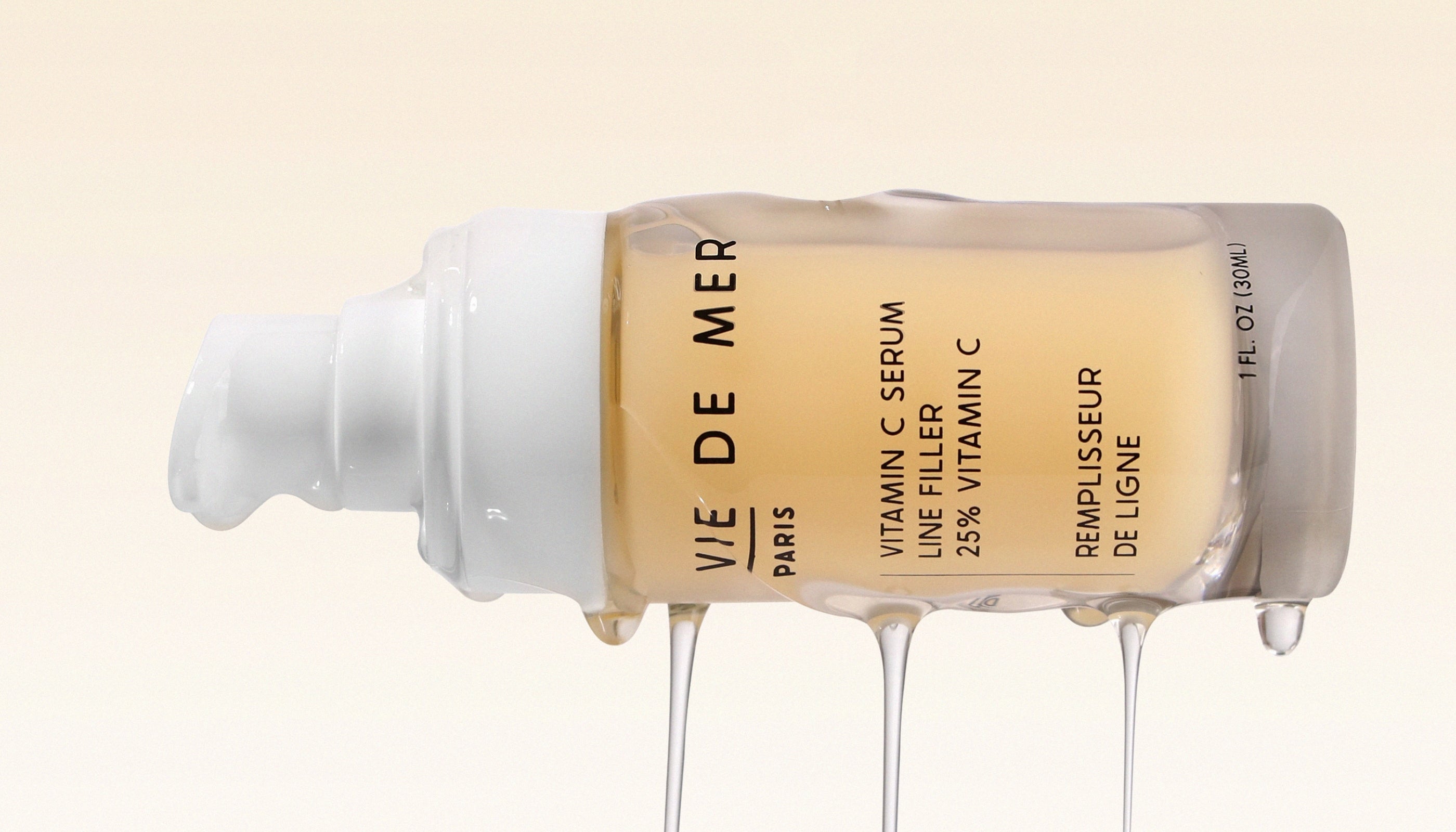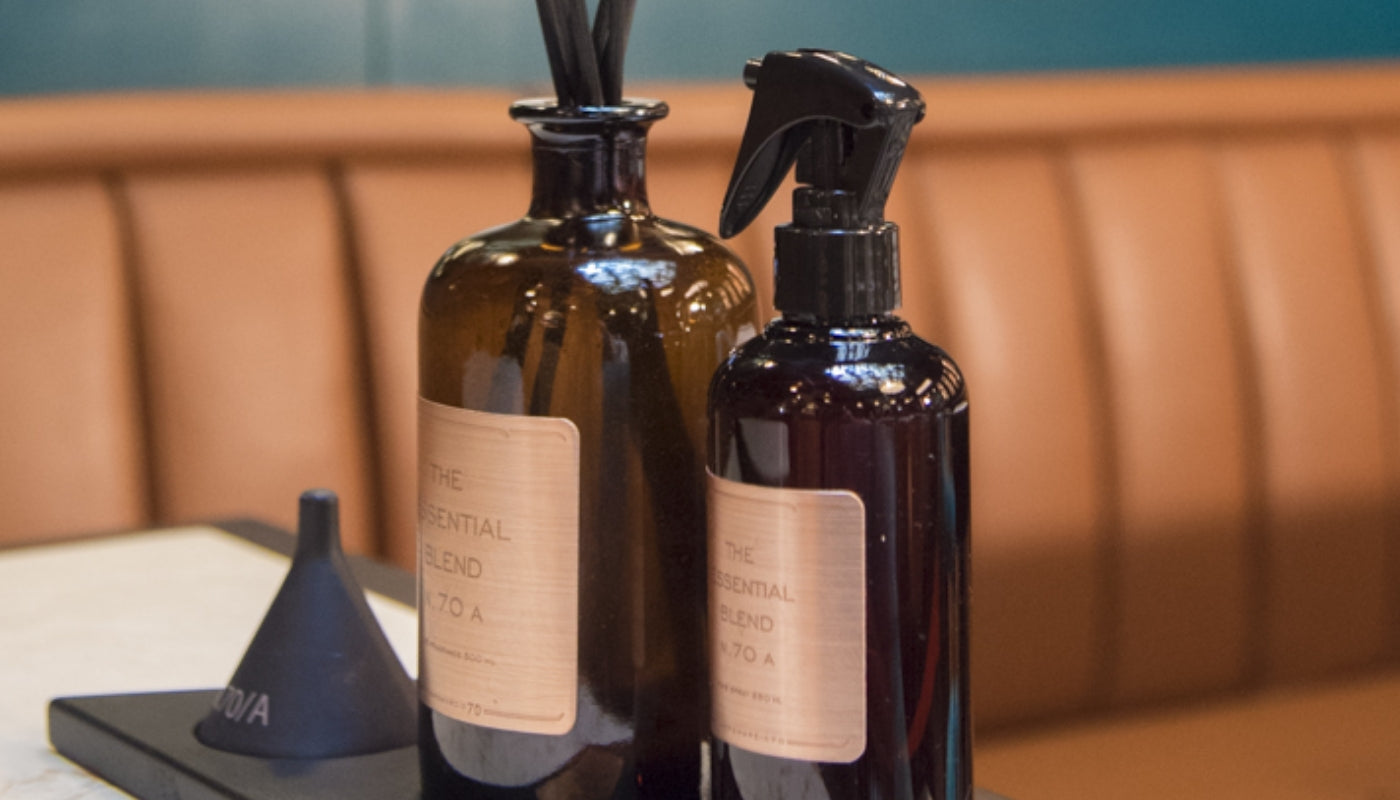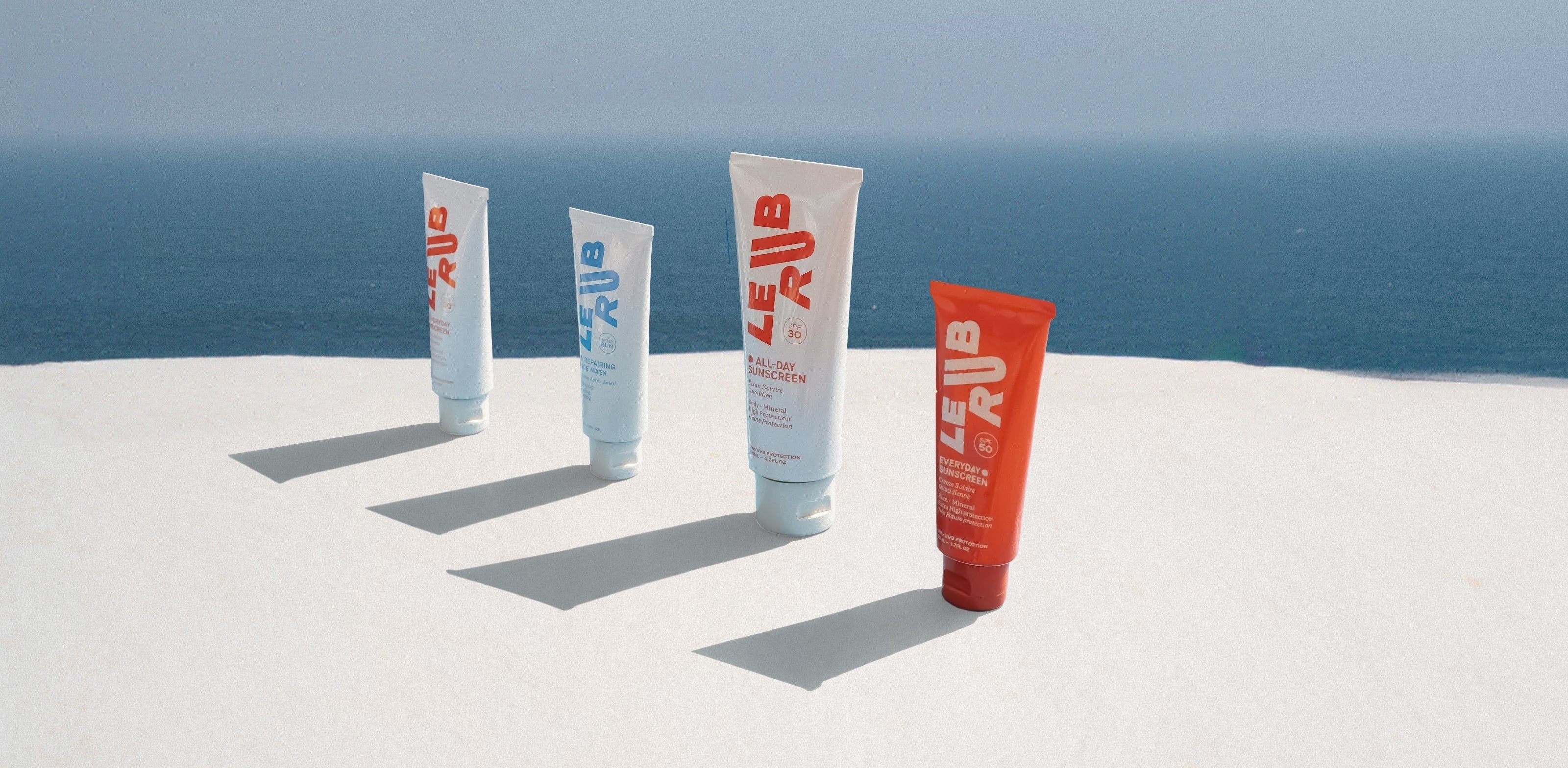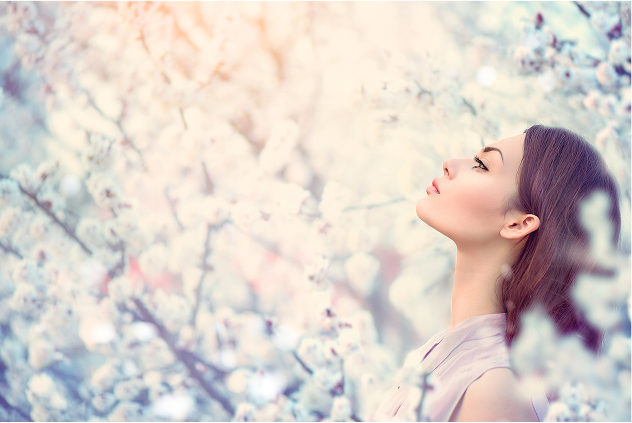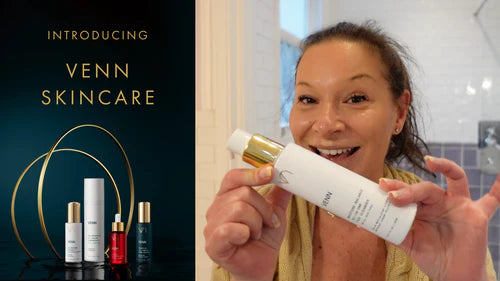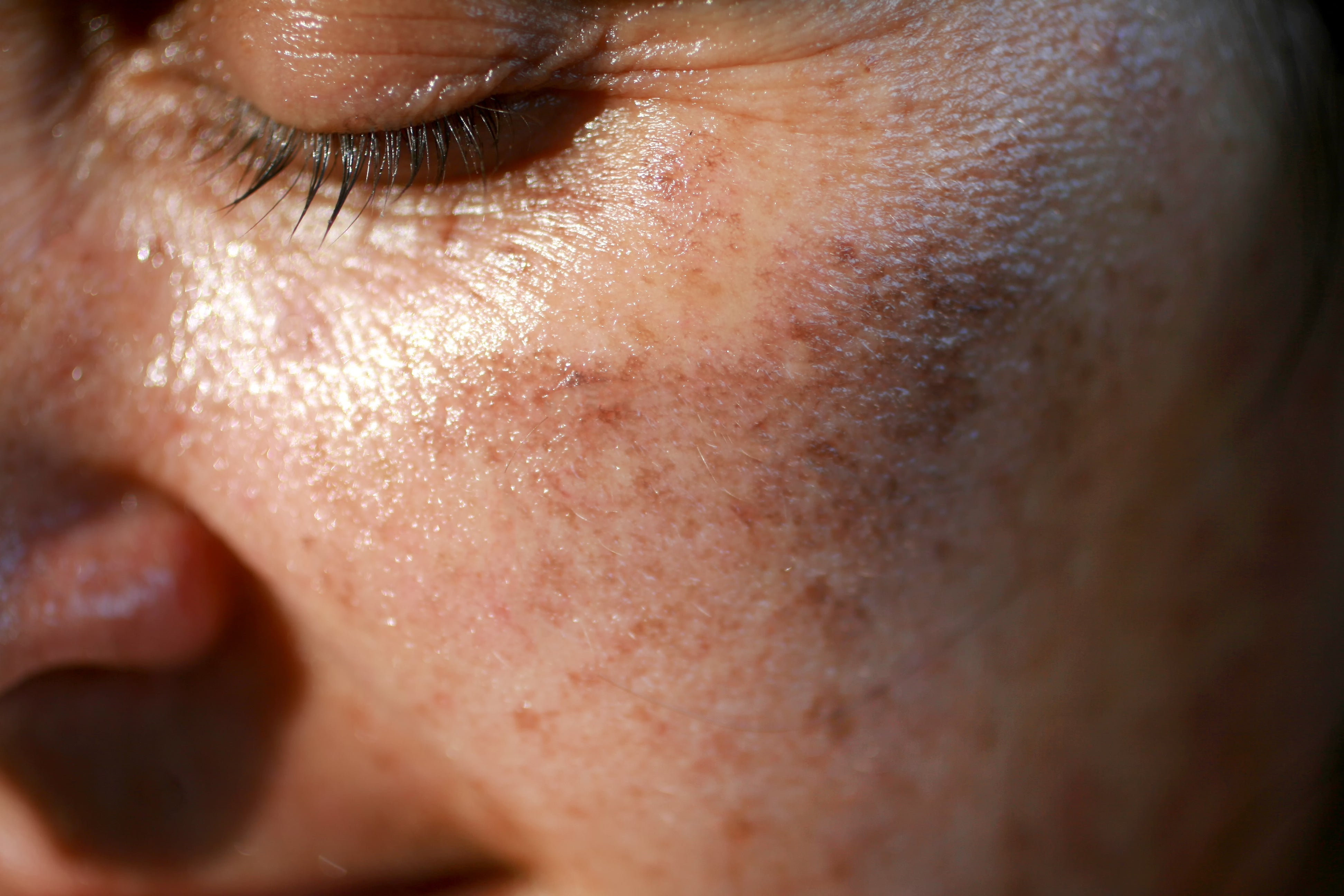
How to really get rid of sun pigmentation!
/ By Embassy of Beauty
Ahhh…. Pigmentation, we all dread it!
I remember my very first (and last!) patch of pigmentation. Many years ago, I was going through a hormonal breakout on holiday, and I had the not-so-bright idea of applying acids to my skin and then going straight into the sun. I thought, “this will surely stop this breakout from happening!”. Knowing little about skin, and even less about skincare, I had no idea what I was doing to myself. In those days, my summer holidays lasted 2 months, and this occurred at the start of the holiday.
As the months ebbed, and the holidays came to an end, whilst removing my makeup one evening, I noticed that I couldn’t quite remove the foundation on one of my cheeks. I rubbed and rubbed, only to realise that that shadow was not dissipating … arghhhh!!! Pigmentation has reared its ugly head! Needless to say, as soon as I got back home, I had it treated.
There are 4 main types of pigmentation:
- Sun Spots aka Solar Lentigines
- Hormonal Spots aka Melasma
- Age Spots aka Age Spots
- Acne Spots aka Post Inflammatory Pigmentation
As the summer has now well and truly come to an end, it is time to start treating any pigmentation the sun may have caused your skin. In this blog, I will discuss Sun Spots in particular, how we get them, and most importantly … how to get rid of them.
SUN SPOTS OR SOLAR LENTIGINES

Sun Spots are the most common type of pigmentation. They are obviously caused by the sun and can largely be avoided by being militant about wearing SPF when exposed to the sun.
Most SPFs need to be reapplied every 2 hours, and most of us aren’t always so careful, we’re too busy enjoying our holiday! But if we want to avoid sun spots, it’s absolutely crucial to be vigilant with the SPF at the beginning of the holiday. Before being exposed to the sun, your skin will be paler and more fragile, and therefore more prone to burning; which is when you might get the pigmentation. Once your skin is stronger and more tanned, your skin will be less likely to burn and therefore less likely to develop pigmentation. So, the moral is; if anything, be vigilant with the SPF at the beginning of your holidays, and you can be more forgetful later on!
HOW TO PREVENT SUN SPOTS:
With any type of pigmentation, prevention is always key, so I can’t express the importance of SPF enough. What I absolutely love about the Biologique Recherche Solar Care system, is that they have truly understood this, and have come up with an easy way of not only preventing pigmentation in the usual way of an SPF, but also strengthening the skin before sun exposure, and caring for the skin after sun exposure.
AS SIMPLE AS 1,2 & 3!
STEP 1:
2 months prior to going on your lovely holidays, replace your normal daily moisturiser with the Préparation U.V. It prepares the skin for U.V. exposure by boosting melanin synthesis and reducing oxidation, and therefore doing the work for you, so that your skin is already strong, and already less prone to burning, even before the sun touches your skin!
The Préparation U.V. is packed with melanin-activating tripeptide, marine diatom extract and antioxidants to stimulate natural tanning and prevent photo-ageing, including sun pigmentation.
STEP 2:
Once you’ve arrived at your holiday destination, replace your normal cream with the Protection U.V. This is not just any SPF, it protects against UVAs, UVBs and infrared radiation. On top of all that, it also contains powerful anti-ageing and anti-pigmentation ingredients. So, you’re definitely covered with this one!
STEP 3:
Once you’ve arrived home, you want to keep that tan and glow for as long as possible! Replace your normal cream with the silky and soothing Réparation U.V for 2 months. This emulsion will concentrate on repairing, nourishing, and anti-ageing your skin, allowing you to simply enjoy a prolonged and brighter complexion!
I know we’re only the beginning of October, but now is the time to think about starting your Solar Care System as the Christmas holidays are not too far away!
NOW… HOW TO TREAT SUN SPOTS:
With prevention covered, we now have to discuss what to do once we’ve developed these harassing sun spots. There are a few ways to treat them, but there is only one golden rule: Treat it ASAP!
Think of pigmentation like a tree with roots. When the tree is young, the roots are fallible and submissive. But allow the tree to grow and strengthen, the roots become steadfast and unyielding.
There are different ages and stages of sun spots, and for each of these, there is a different way to treat them:
- Young sun spots: Within 2 years of the pigmentation appearing.
- Middle-aged sun spots: Within 2- 4 years of the pigmentation appearing.
- Mature sun spots: After 4 or 5 years of your pigmentation appearing.
Young sun spots are the easiest to treat, that’s not to say it’s easy though! They can be resolved with the meticulous application of exfoliators, skin brighteners and pigmentation demolishers. Again, we have a wonderful 3 step program for the removal of sun spots!
STEP 1:
The Lotion P50 PIGM400 is the pigmentation neutralizer version of our cult exfoliators. It contains our well known and effective AHAs, BHAs and PHAs to exfoliate the skin, as well as the powerful Palmaria Palmata extract and the Complex of Fruits Titrated in Flavonoids to neutralise and eradicate the pigmentation.
STEP 2:
The Sérum PIGM400 is the most powerful anti-pigmentation product within our range. Solely focusing on eradicating the pigmentation and preventing it from recurring at the same time, this serum is potent and can be drying, so I would recommend to use a hydrating serum underneath or in tandem with it.
STEP 3:
The Crème PIGM400 is the booster to the Sérum PIGM400, quite like Batman and Robin, Batman can’t do his best without his sidekick. The Crème PIGM400 seals the Serum PIGM400 in, and adds even more pigmentation fighting benefits on top.
It’s important to understand that you have to go all in with pigmentation, it’s ruthless, so you have to be ruthless back to really tackle it. The above treatment should be combined with your usual skincare routine, and you should finish all products, just like a course of antibiotics. The entire treatment should last no more than 3 months, and you will be free of pigmentation!
We’re also soon launching a Masque PIGM400 to be even stronger at ridding our skins of exasperating pigmentation! So keep a look out for it!
Middle-aged Sun spots are a little more stubborn, and you may need to go through 2 courses of the above treatment, if the one course didn’t quite get rid of all of it. However, you can also add a little boost to the above treatment, by applying the Crème aux Acides de Fruits in the evening on the exact areas of pigmentation. The Crème aux Acides de Fruits is like a cream version of our Lotion P50s, but it’s a lot stronger. Used for deep exfoliation and to diminish scarring, this cream will help your pigmentation-eradicating products easier access to a deeper level of the skin, and therefore to target the pigmentation more accurately and aggressively.
Mature sun spots are not easy to tackle unfortunately; and if you’ve had your pigmentation for over 5 years, I don’t believe many at-home products are going to be powerful enough to fulfil your expectations. It’s time to go hard and head for the laser!
There are many aesthetic professionals who offer many different types of lasers to resurface the skin and remove pigmentation. They also offer resurfacing acid peels and micro-needling, but from my experience and those of my customers, the best option is the laser treatment.
Your skin will feel more fragile after these harsher treatments and so it is important that you are giving it the necessary care afterwards. I would recommend our Emulsion Gel Biosensible and Émulsion Originelle Régénérante, each is going to work to soothe and repair your skin and allow it to properly recover.
Pigmentation is a tricky and complex one as I have said. It comes in all forms and it is not caused by the sun alone, hormones, pollution and acne can all unfortunately play their part. Stay tuned for our next piece on how to combat the alternative types of pigmentation!
- Hormonal Spots aka Melasma
- Age Spots aka Age Spots
- Acne Spots aka Post Inflammatory Pigmentation
As always, we’re a very personalised brand, so if you have any questions whatsoever, please do not hesitate to email us at concierge@embassyofbeauty.co.uk or call us on 020 3358 9998. We’re always more than happy to advise and consult!
